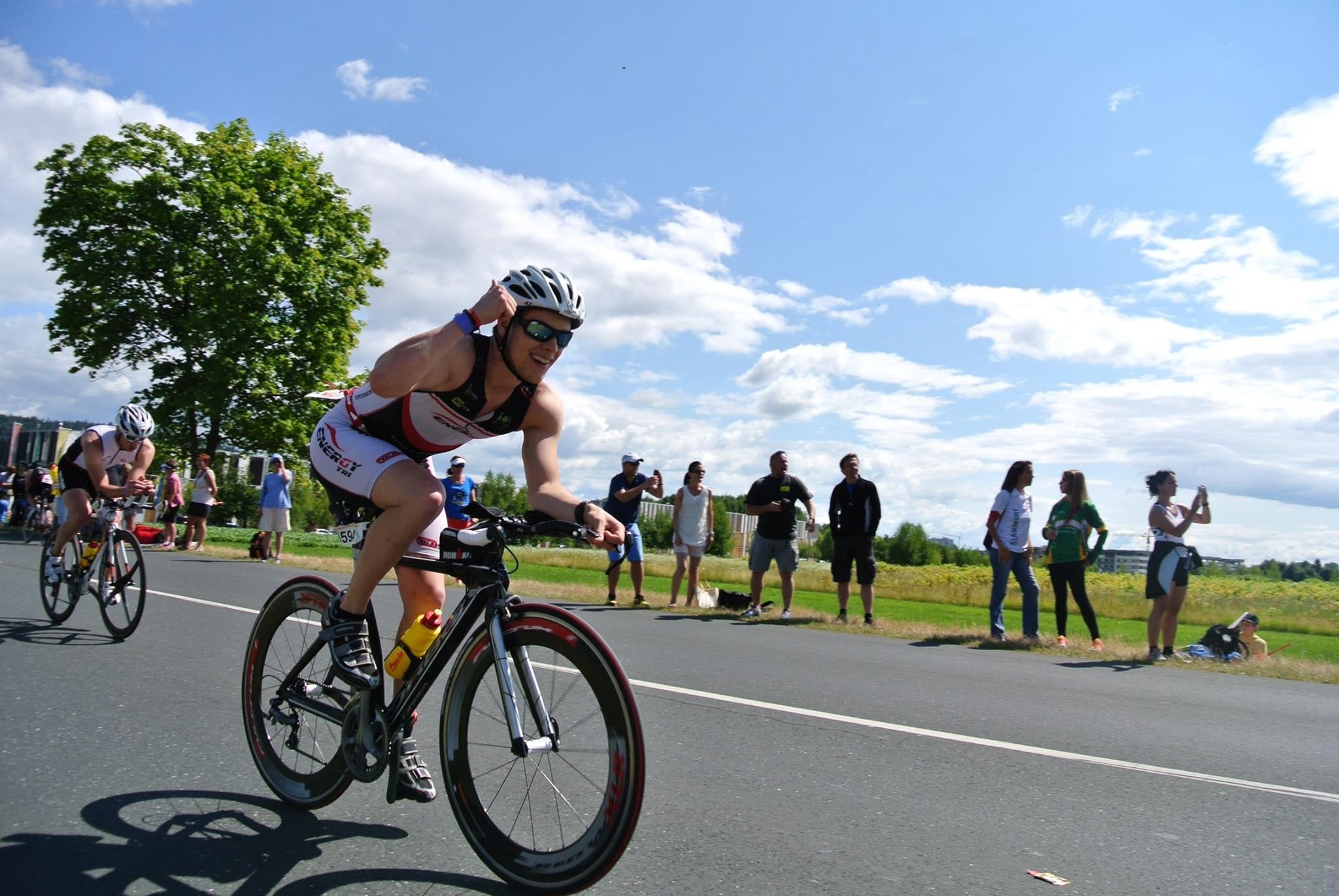Week 4: Progression of Training

Table of Contents: Week 4: Progression of Training
Welcome to Week 4
This week, we’ll start really pushing your training stress with more race-specific pacing. It’ll be important to keep practicing recovery techniques because for the next few weeks, we’ll continue to increase your training load.
If you’re just joining us: Be sure to start at the beginning! Go back to the course intro so you’re prepared and have the foundation for the 10-week training program.
Week 4 Key Sessions
As with prior weeks, the key sessions of the week are sessions that are the most important. Of course, you should try to do all the workouts, but we want you to know which should absolutely not be skipped. And, as always, go directly to the detailed calendar in Today’s Plan (set up your account, here) or check out the downloadable training calendar PDF.
- Long run (90 minutes as a run/walk)

Photo: Alton Richardson - Long ride (2 hours easy, then finish with 60 mins steady effort)
- Race Specific Ride – 20 min intervals @ Z3, into a 30 min effort at your goal intensity
- Key swim (1000y @ race pace)
- Progression of race intensity sessions
Lesson of the Week: Proper Warm-Ups
How to Warm-Up

Every warm-up should progress from very easy and aerobic to something that reflects the intensity of your session. It should briefly introduce the intensity of your session in small doses that don’t fatigue you but get your body ready. The more intense your workout, the more your warm-up should progress over time. That helps introduce and represent that intensity, so your body is prepared for it.
Warm-Up Duration
While warm-up duration is incredibly specific to an athlete and the workout she’s about to undertake, the general rule is that the harder the session, the longer the warm-up should be. If it’s an easier session, a shorter warm-up should be enough to prep your body. If it’s a harder session, you’ll likely need a longer warm-up that has short bouts of intensity close to what your session will look like but doesn’t fatigue you prior to the workout. This might be some surges to goal intensity with long recoveries before the main set begins.
Race-Day Warm-Ups
Just as you would during a training workout, your race-day warm-ups should follow the same philosophy. If your race has hard efforts from the beginning, your warm-ups should represent that, and prepare you for that effort over time. The harder the efforts, the more time you will need to prepare the body to handle that effort. If you plan on a pretty easy, longer duration workout, then you should do an easier, shorter warm-up. If you fine-tune your warm-ups during training, it’ll be natural for you on race day.